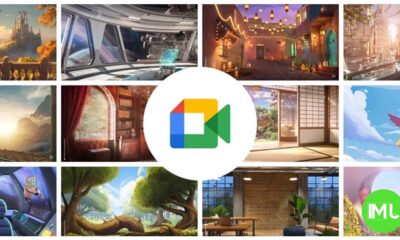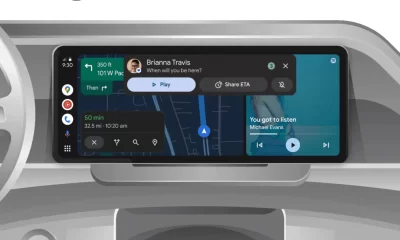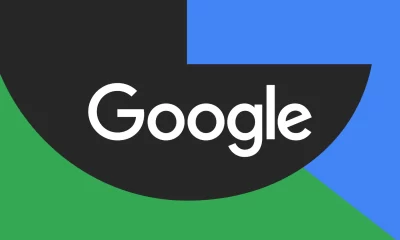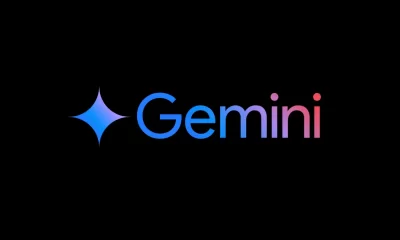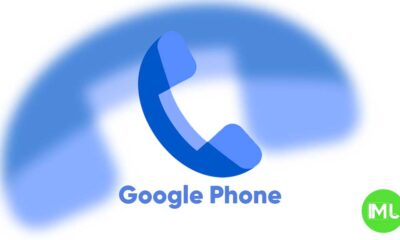News
Google Photos revamps video editor with AI presets, Android Auto enhances lane guidance, and Google Home updates device settings

Top 3 Key Points:
- Google Photos introduces AI-powered video editing presets for easier video creation.
- Android Auto improves lane guidance visibility in Google Maps for smoother navigation.
- Google Home app updates settings pages for TVs, cameras, and other media-focused devices.
Google Photos Video Editor Redesign
Google Photos is rolling out a new video editor design to make it simpler for users to turn their videos into shareable clips. The main editing tools are now prominently placed within the “Video” tab, including options like “Mute,” “Enhance,” “Speed,” “Stabilize,” and “Export Frame.”
One of the key features is the “Enhance” tool, which improves colors and stabilizes videos with a single tap. The Speed tool allows users to either speed up their videos for action-packed moments or slow them down for dramatic effects. Additionally, the Trim tool has been upgraded with better controls for precise cuts, while the Export Frame has been moved to the end of the carousel for easier access.
A new “Presets” tab includes AI-powered video presets, offering options such as:
- Basic Cut: Trim, adjust lighting, and control speed.
- Slow-mo: Apply a slow-motion effect.
- Zoom: Highlight key action by zooming in.
- Track: Automatically track the main subject in the video.
This updated video editor is gradually being made available to users.
Android Auto Enhances Lane Guidance in Google Maps
Google Maps on Android Auto has improved its lane guidance feature, making it easier to read and follow while driving. The latest update rolled out over the past few weeks, increases the spacing between arrows in lane guidance. This small change makes it easier to see how many lanes are available and highlights the correct lane more clearly.
Previously, lane guidance was more condensed, making it harder to distinguish between lanes. Now, the arrows appear in a larger, more spaced-out block that is easier to understand at a glance. Although a minor tweak, this change improves the navigation experience, especially when driving in busy areas with multiple lanes.
This update likely aligns with other recent Google Maps improvements, though the widely anticipated incident reporting feature is still pending release for Android Auto.
Google Home Updates Device Settings for TVs, Cameras, and More
Google Home app has received a subtle but useful update that revamps the settings pages for various devices, particularly those related to media. Users accessing settings for TVs, cameras, speakers, soundbars, and other similar devices will now see a clearer layout, making it easier to manage these devices.
When navigating to device settings, users will find a larger, more visible icon representing the device, along with its name and type. Previously, this information was accessible but required more clicks. The update simplifies the interface, giving users a more streamlined view.
The changes currently apply to devices such as Nest cameras, thermostats, doorbells, and smart displays, while other devices like lighting gear, hubs, switches, and sensors have not yet received the new UI. This redesign focuses on devices that handle media, like streaming video or live feeds.
Google Meet gets a fresh new look with Material 3 design
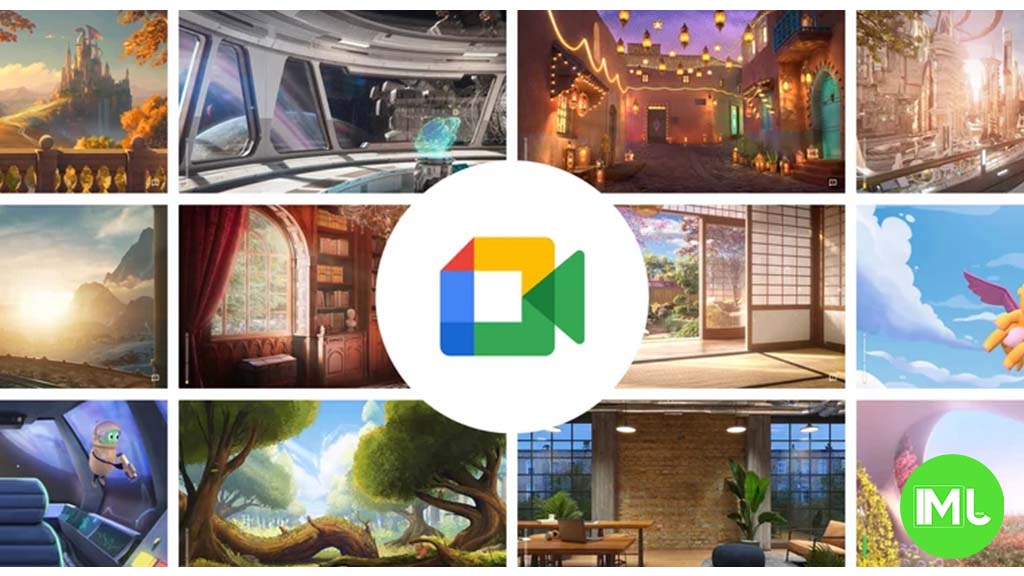
Google Meet is getting a big update to its look, thanks to the new Material 3 design. This change brings a cleaner and more modern style to the video calling app, making it easier and more enjoyable to use.
With Material 3, Google Meet now has rounder buttons, softer colors, and better spacing between elements. The main controls, like the microphone, camera, and end call buttons, are now larger and easier to tap. The icons and text are also clearer, which helps users find what they need quickly during a call.
Another improvement is the new “expressive” color system. This feature lets the app’s colors match your device’s wallpaper or theme, giving each user a unique and personalized experience. The changes also make Google Meet more accessible, as the new design is easier to read and use for everyone, including people with vision difficulties.
These updates are rolling out to both web and mobile versions of Google Meet. Google says the new look will help people feel more comfortable and focused during their meetings. Overall, the Material 3 update makes Google Meet not only look better but also work better for all its users.
Android
Easy ways to change Android Auto’s look with light and dark themes
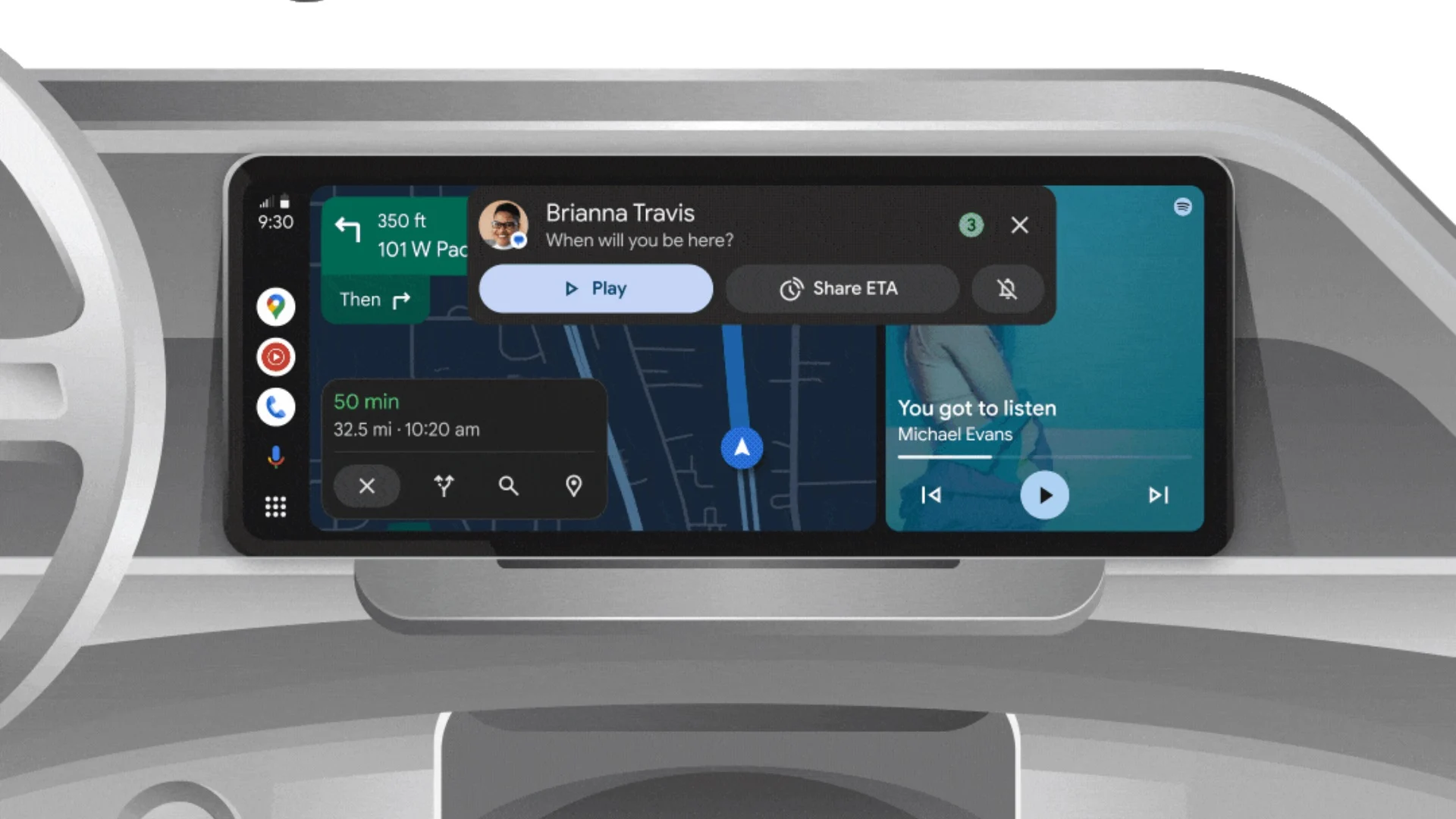
Android Auto is a helpful tool that lets you use your phone’s apps safely while driving. It connects your phone to your car’s screen, making it easier to use maps, music, and calls. One of the features many people like is the ability to change how Android Auto looks by switching between light and dark themes.
How to switch between light and dark themes
Android Auto offers two main themes: light and dark. The light theme uses brighter colors, which can make the screen easier to see during the day. The dark theme uses darker colors, which can be more comfortable for your eyes at night or in low light.
To change the theme, follow these steps:
- Open the Android Auto app on your phone.
- Go to the settings menu.
- Find the “Theme” option.
- Choose between “Light,” “Dark,” or “Set by car” (this lets your car decide the theme based on the time of day or your car’s settings).
Why themes matter
Using the right theme can make driving safer and more comfortable. The light theme is good for bright days, while the dark theme helps reduce glare at night. Having these options means you can pick what works best for you, making Android Auto easier to use in any condition.
In short, Android Auto’s theme options are simple to use and help you drive more safely by making the screen easy to see, no matter the time of day.
Google Drive and Files by Google get fresh updates for easier use

Google is rolling out some helpful updates to two of its popular apps: Google Drive and Files by Google. These changes are designed to make managing your files and watching videos much smoother.
First, Google Drive is getting a new video player. Now, when you upload a video to Drive and open it, you’ll notice a fresh look that matches Google’s latest design style. The controls, like play and pause, are easier to use and look cleaner. This update makes it simpler to watch videos directly in Drive without needing to download them first.
Meanwhile, the Files by Google app is also getting a makeover. The app is adopting Google’s Material 3 design, which means it looks brighter and more modern. The buttons and menus are easier to see and use, making it simpler to find, move, and organize your files. There are also new color options and improved icons, so everything feels more user-friendly.
Both updates show Google’s commitment to making its apps more helpful and enjoyable to use. Whether you’re watching videos in Drive or sorting files on your phone, these changes aim to save you time and make things less complicated. If you use these apps, keep an eye out for these new features—they should arrive soon!
-

 Apps1 year ago
Apps1 year agoGboard Proofread feature will support selected text
-

 News1 year ago
News1 year agoSamsung USA crafting One UI 6.1.1
-

 Apps1 year ago
Apps1 year agoGoogle Contacts app testing new Besties Widget
-
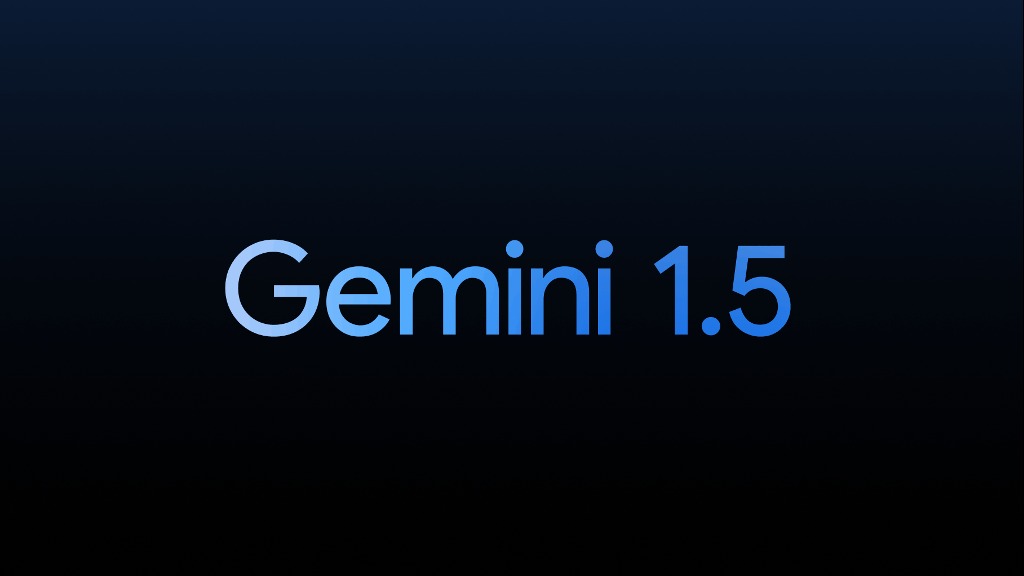
 AI12 months ago
AI12 months agoGoogle Pixel 9 Pro may come with a complimentary one-year Gemini Advanced subscription
-
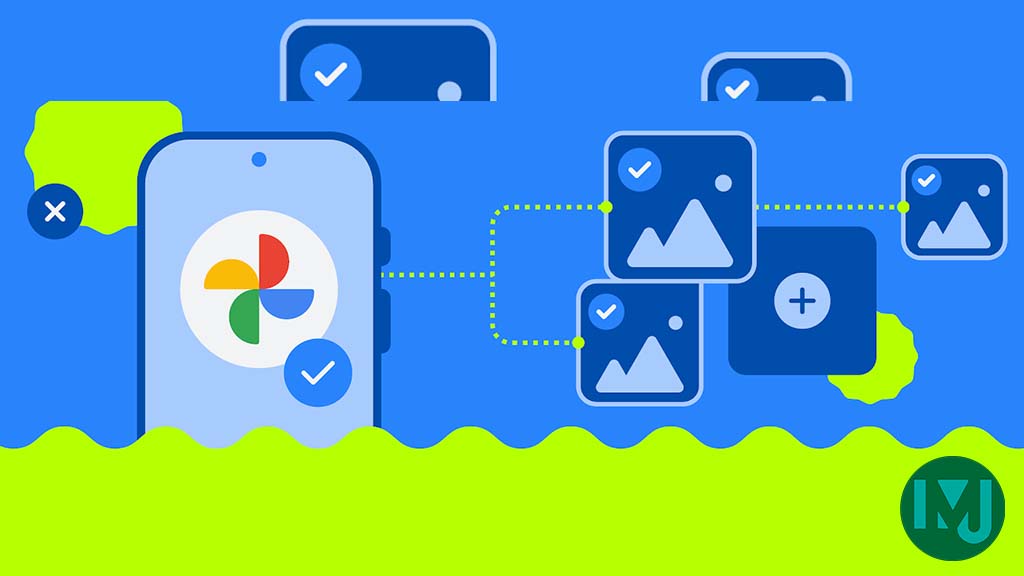
 Apps12 months ago
Apps12 months agoGoogle working on a new video editing feature for its Photo app
-

 News1 year ago
News1 year agoBreaking: Samsung Galaxy S22 may get Galaxy AI features
-
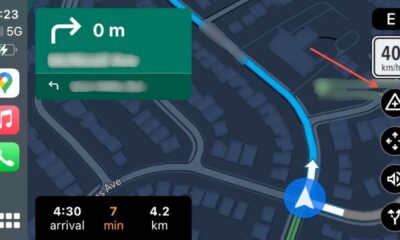
 Apps12 months ago
Apps12 months agoGoogle Maps lets you report traffic jams and accidents on Apple CarPlay, but not on Android Auto
-

 Apps1 year ago
Apps1 year agoGoogle Messages app will transform MMS chats into RCS

